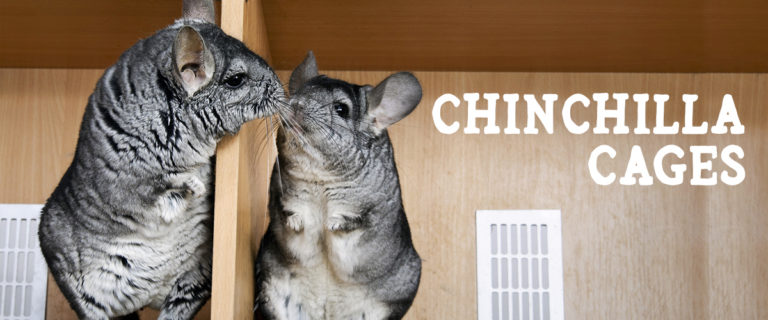If you have a chin today or you're a parent-to-be, it’s so important to understand what our little ones need to thrive and to keep them safe. Chinchilla cages and what we should focus on when setting them up should be thought through very carefully. Below are some tips to keep your family member as happy and healthy as can be.
Chinchilla Cage Size. Just Let us Jump. Jump. Jump. Jump Around.
We recommend your chinchilla's cage is as large as possible. Chins are super active little gymnasts who need lots of space to practice their routines. Because their natural habitat is full of rocky cliffs high in the Andes, they need space to climb, jump and explore, so a vertical, multi-level cage with a solid bottom is best. And if they don’t get what they need size-wise, the boredom they feel from being enclosed can make them feel icky and lead to depression and self-destructive behavior. In the end, spending more money in your up-front cage investment is a MUCH better option than the sadness your chin will feel if you don’t.
And don't forget - chins are nocturnal, so it’s best to keep their living quarters in a quiet place, away from sunlight, so they’re rested to play when the sun goes down.
Chins Need Comfy Bedding, Too.
Lots of chin parents prefer covering the bottom of the cage with a fleece liner. If you go this route, be sure not to let any threads show, because chins will chew, and possibly eat them, which could lead to a blockage. It’s recommended that if this is the route you decide to go, get a small dish (metal or glass) and fill with disposable bedding, so your chin has a place to potty. Another good option is Aspen shavings. It’s important to choose a product from wood shaved logs rather than reclaimed paper, which contain potentially dangerous fibers and has the potential to cause a blockage if it's eaten.
Gimme That Toy!
Chins love to jump from level to level inside their cage, so it’s ideal to have different activities on each. An exercise wheel is a must, but be careful of the style you choose. No spokes or wire mesh; the running surface must be solid or your little one may get their feet caught, or even worse. Safety is always first. Chews are great, too. Because chinchilla teeth never stop growing, it’s important that they always have something to help grind them down. Ladders and blocks are also good options. But caution - always avoid plastic! Chins chew and gnaw, and any kind of digestion can cause major health problems.
Just remember, when making any purchase for your chin’s cage, whether a newbie, mid-level, or expert, safety is number one. Always know what you’re allowing your little guys to have. And when in doubt, throw it out.





